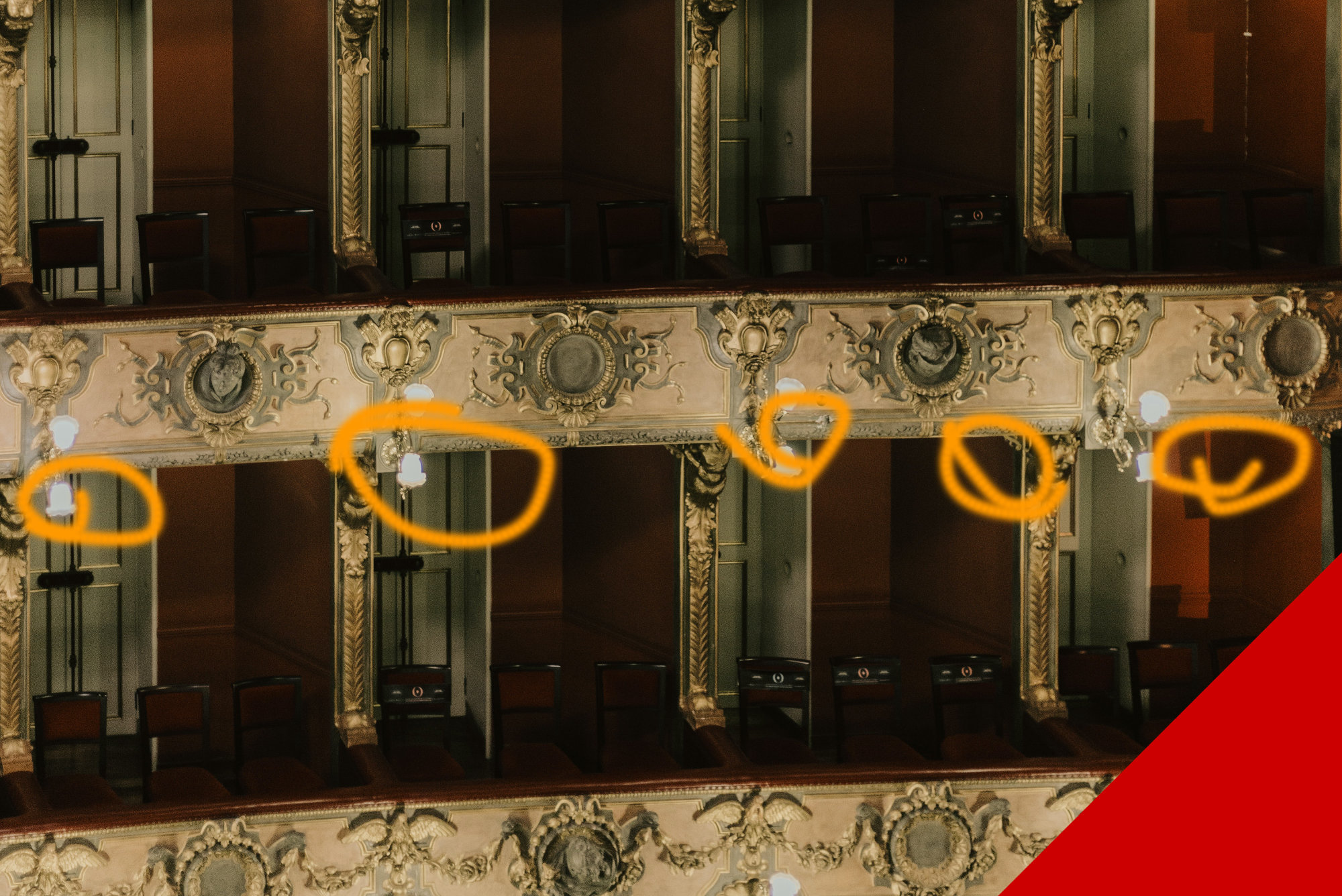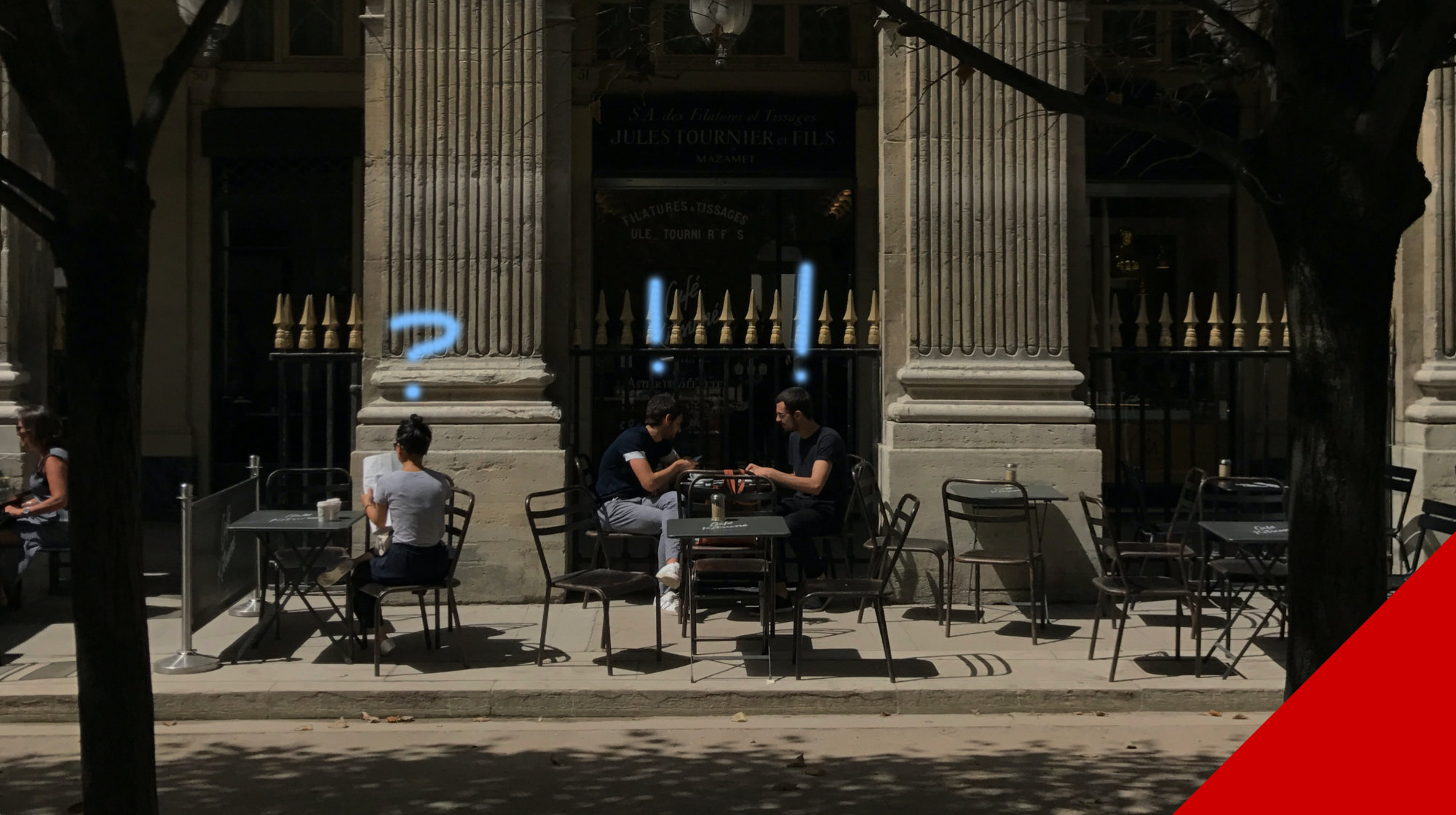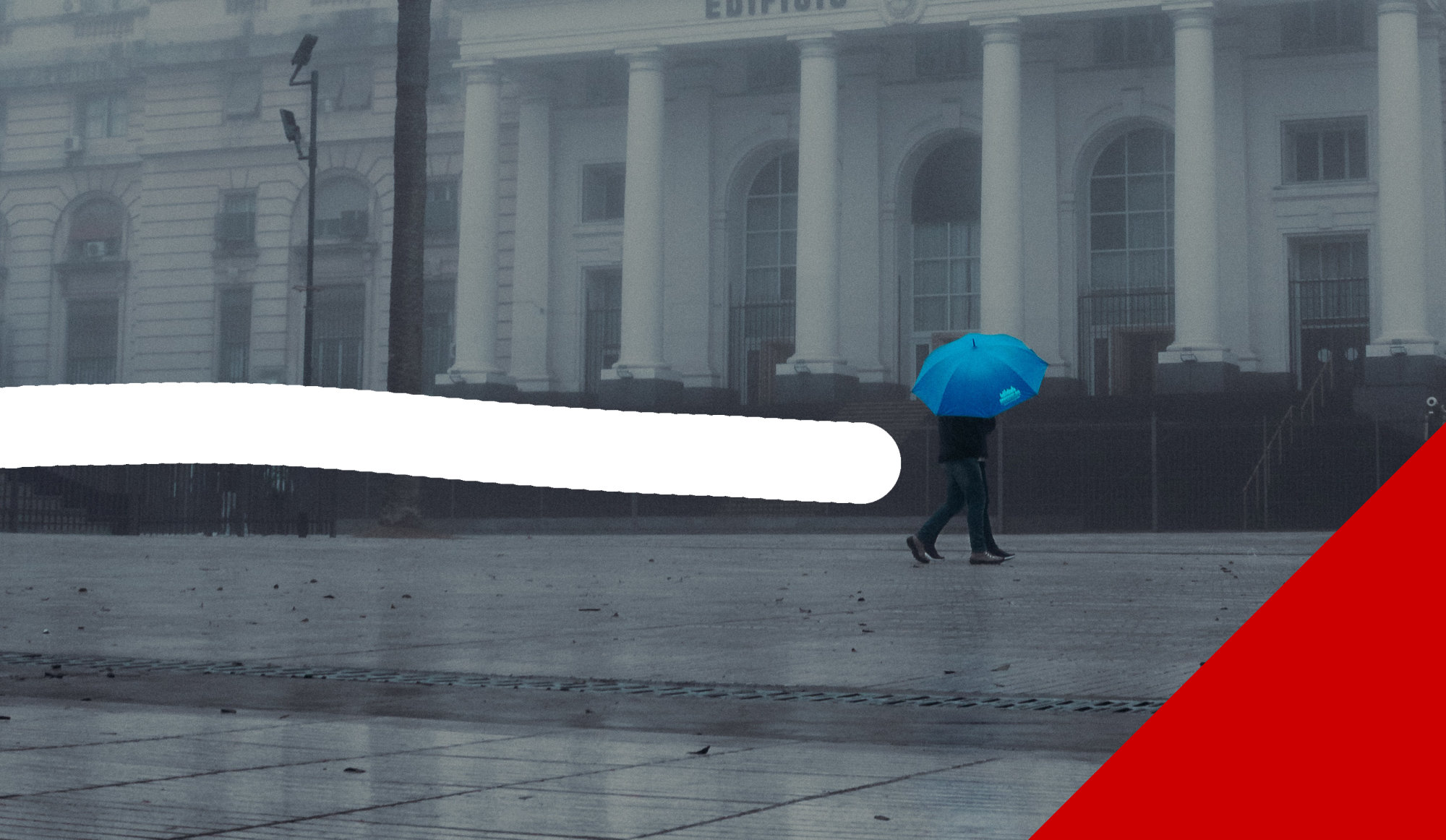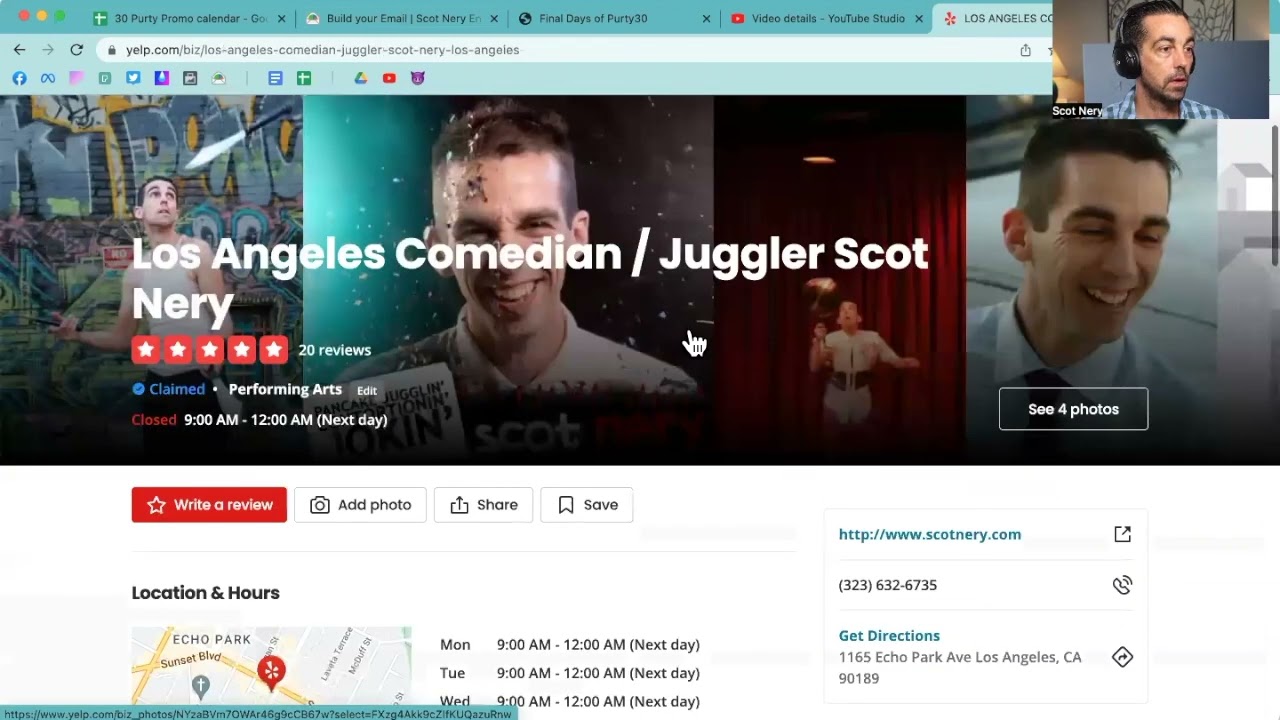
Here’s the problem with validation from others…
- Real validation comes from success.
- The only way to measure success is to know the situation, the starting point, the goal, and the level of accomplishment.
- No one understands us completely.
When someone asks me who I see as successful, I say “Me!” because I’m the only one that knows me and I don’t completely know anyone else.
The separation of work and self
We can’t be validated for who we are. A human being existing is a success, so we can’t be successful as a person. We can’t be more valid as a person than any other person.
Validation of our work
Even though our work can be so entwined with our sense of self, it is not us.
Even getting our work validated by others is near impossible. For someone to validate our work, they have to know not just our field, but exactly what we’re doing. We’re not doing the same thing as many other people, so we don’t have good chances here.

Validation from self
The way to get real validation is from ourselves. This will let us push beyond our peers and grant us freedom to pursue our intentions.
- We set goals
- Try to achieve them.
- Stay accountable to our success.
- Forgive ourselves for our shortcomings.
- Over-do it with remembering and appreciating our successes.
We have to over-do it because humans have a negativity bias. We are attuned to looking for danger and problems, so we gotta remember that we’re awesome as much as possible. Tap into the abundance of self. We gotta create our own validation.
False validation
A major issue with false validation is it can re-align what we pursue. If I’m a carpenter who loves giving my customers low price solutions, but I show my fanciest work to other carpenters, I might get the wrong focus. Those carpenters might start complimenting me on how I used really nice nails. That feels good! Then, I start thinking about how I can get more compliments by using more high priced supplies. Suddenly, I can’t do inexpensive work anymore.
I did this show where I killed. I absolutely did awesome. You could feel it in the room. The audience was connected to me and were moving with every one of my movements. It was great. I was the only one in the show that really rocked it.
After the show, I was standing on the stage with some other performers and audience members came up to talk to us. Many of them said “good job” to me.
There was another performer who performed some old vaudeville bits. They did them well, but they were old and they felt old and the audience responded generously. The audience wasn’t experiencing a show, they were visiting a museum.
Many audience members came up to this performer and gushed how funny their bits are (that they didn’t really laugh at) and talked to them at length just how perfect their show was. This audience was the type of people that dress up in vintage clothes and go to swing dance nights.
Based on the gushing, you’d think I did much worse in the show than the time capsule act.
That was an epiphany for me. These people don’t know what they just experienced. Their cognition is separate from their emotional response. I knew what I did to them, but they can’t realize it and they might just not have anything that they can verbalize about it. Normal people don’t get what a great entertainer does.
Go for the goal
I realized in that moment, I’m not trying to be gotten. I’m trying to change a room. I’m trying to entertain at a high level and really whisk people away to a greater plane of connection and joie de vivre. That’s my goal and that’s where I’m successful. I encourage everyone to find that validation.
Nobody understands me. Nobody understands you.


























